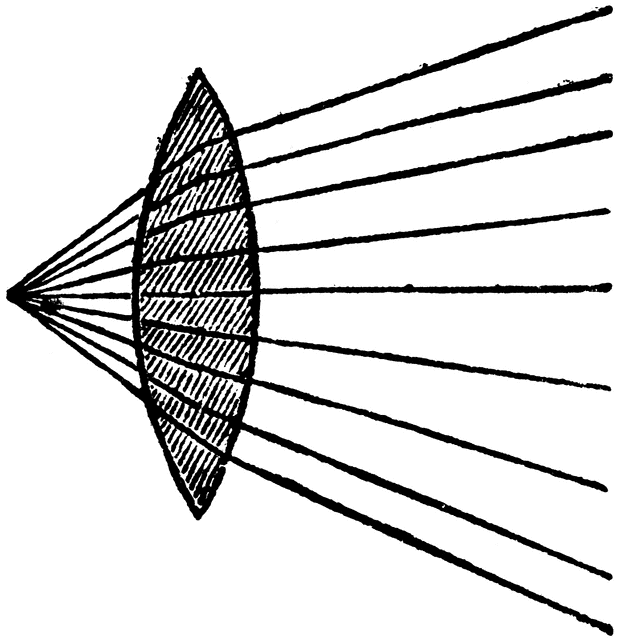- Messages
- 4,152
- Reaction score
- 12,461
- Points
- 523
which question?no one has been replying its the 3rd time i posted that question i saw you active on this page so asked you its okay anyways thanks for your help in the previous questions
We are currently struggling to cover the operational costs of Xtremepapers, as a result we might have to shut this website down. Please donate if we have helped you and help make a difference in other students' lives!
Click here to Donate Now (View Announcement)
which question?no one has been replying its the 3rd time i posted that question i saw you active on this page so asked you its okay anyways thanks for your help in the previous questions
http://www.xtremepapers.com/papers/...S Level/Mathematics (9709)/9709_w11_qp_12.pdfwhich question?
AB = OB - OA
From part i, you have f(x)=2(x-3)^2 - 5need help...M/J 09
Q10, part ii and iv? :S hate functions from my heart!!
http://www.xtremepapers.com/papers/CIE/Cambridge International A and AS Level/Mathematics (9709)/9709_s09_qp_1.pdf
thanks a lot for your helpAB = OB - OA
AB = -3i +6j +2k
Lets name the req vector PQ,
PQ = x(-3i + 6j +2k) ------------1
|PQ| = √(-3x)^2 + (6x)^2 + (2)^2
Acc to the question,
√9x^2 + 36x^2 + 4x^2 = 28
9x^2 +36x^2 + 4x^2 = 784
49x^2 = 784
x^2 = 784/49
x^2 = 16
x = ±4
Since the directions are same, x cannot be negative.
Put this value in equation 1 and you will get PQ = -12i + 24j +8k
Oo is there a link to that explanation :S:S ?From part i, you have f(x)=2(x-3)^2 - 5
ii) The coordinates of the vertex are (3,-5) from which we can deduce that x=3 is the line of symmetry. We actually divided the curve into two parts with this line. To get the other half back, we multiply it by 2. A bit difficult to explain but I hope you got it.
iv) What happens when you split a curve at the turning point? It becomes a one-to-one function.
To what?Oo is there a link to that explanation :S:S ?
that functions part which u just explained to me..To what?
i have no idea what converging and diverging rays are..I think it means the terms are decreasing with the progression. Just like converging rays and diverging rays
i have no idea what converging and diverging rays are..


Please be specific. I beg you!!that functions part which u just explained to me..
it wasnt. me not sciency.
I hope that was not a joke.
already explained on pg86 post number 1707Help please! http://www.xtremepapers.com/papers/CIE/Cambridge International A and AS Level/Mathematics (9709)/9709_s10_qp_11.pdf
its actually the first question, I just cant wrap my head around how to solve it or how the ms got its answers. Can someone please try and explain it to me ? Thanks!
For almost 10 years, the site XtremePapers has been trying very hard to serve its users.
However, we are now struggling to cover its operational costs due to unforeseen circumstances. If we helped you in any way, kindly contribute and be the part of this effort. No act of kindness, no matter how small, is ever wasted.
Click here to Donate Now